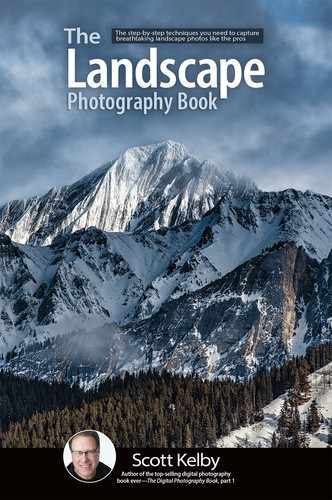Use a Very-Wide-Angle Lens

You’re trying to capture the sky. It’s really big. Especially, if you’re trying to capture the Milky Way, too, which covers a lot of territory. So, you’re going to want a really-wide-angle lens to capture it all (remember, you can always crop in later in post). On a full-frame camera, while you can get away with a 24mm, you’re right on the edge of catching a large enough portion of the Milky Way. A 16mm wide-angle would definitely do the trick. If you’ve got a 15mm or 14mm ultra-wide-angle, all the better (and if you have a wide-angle zoom, like Nikon’s 14–24mm, Canon’s 11–24mm, or Tamron’s 15–30mm, then you’ve got some flexibility when it comes to composition, too). On a crop-sensor camera, an 18mm wide-angle would be okay, but a 12mm or 10mm wide-angle would be even better. You want to go really wide, especially if you want to include some foreground in the shot. So, when you’re packing your gear for your nighttime sky shoot, make sure you pack your widest wide-angle lens.
